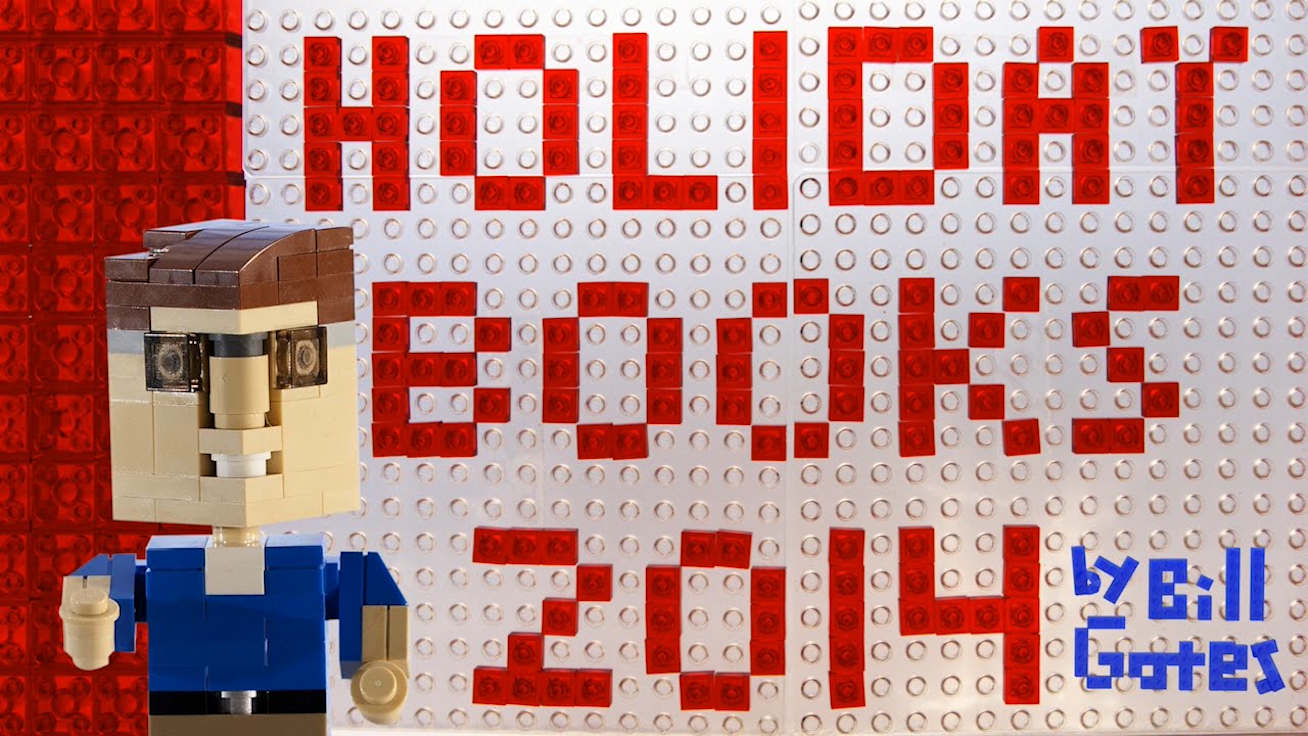Five Great Reads
The best books I read in 2014
Top five things I read in 2014.

I didn’t really plan it this way. But as I look at the list of the best books I read this year, I see how a number of them touch on economics and business. That’s fitting, in a year when Thomas Piketty’s Capital in the Twenty-First Century put a big spotlight on inequality. In addition, with the Asian economies so much in the news, I wanted to read How Asia Works, which promised to explain why some of the continent’s countries grew so fast while others languished. And I got to brush up on an old favorite, the best business book I’ve ever read.
Here are short reviews of those three, plus two other terrific books I read this year. Not all of these came out in 2014—sometimes I fall behind and don’t get to a book until well after it’s been published. Other times I’m able to get ahead of the game: The Rosie Effect won’t be published in the United States until December 31, but the author was nice enough to send Melinda and me advance copies before he stopped by the office in September.
I’d encourage you to take a look at any of these that sound interesting. And feel free to share your favorites from 2014 in the comments section below.
Business Adventures, by John Brooks. Shortly after we met, Warren Buffett loaned me this collection of New Yorker business articles from the 1950s and 1960s. I loved them as much as he did. Brooks’s insights about business have aged beautifully, and they are as true today as ever. I still go back to this book from time to time, and this year I had a chance to re-read the chapter on Xerox (which you can download free). Business Adventures is a neglected classic, and it’s still my favorite business book ever.
Capital in the Twenty-First Century, by Thomas Piketty. Capital sparked a fantastic global discussion this year about inequality. Piketty kindly spent an hour discussing his work with me before I finished my review. As I told him, although I have concerns about some of his secondary points and policy prescriptions, I agree with his most important conclusions: inequality is a growing problem and that governments should play a role in reducing it. I admire his work and hope it draws in more smart people to study the causes of, and cures for, inequality.
How Asia Works, by Joe Studwell. Studwell produces compelling answers to two of the greatest questions in development economics: How did countries like Japan, Taiwan, South Korea, and China achieve sustained, high growth? And why have so few other countries managed to do so? His answers come in the form of a simple—and yet hard to execute—formula: (1) create conditions for small farmers to thrive, (2) use the proceeds from agricultural surpluses to build a manufacturing base focused on exports, and (3) nurture both these sectors with financial institutions closely controlled by the government. The agriculture section of the book was particularly insightful. It provided ample food for thought for me as well as the whole Agriculture team at our foundation. And it left us thinking about whether parts of the Asian model can apply in Africa.
The Rosie Effect, by Graeme Simsion. The hilarious follow-up to The Rosie Project, one of the best novels I’ve read in ages. There’s no sophomore slump here. Simsion brings back some of the best characters and gags from the first novel while also bringing in enough new elements to keep it fresh. It’s a funny novel that also made me think about relationships: what makes them work and how we have to keep investing time and energy to make them better. A sweet, entertaining, and thought-provoking book.
Making the Modern World: Materials and Dematerialization, by Vaclav Smil. One of Smil’s books makes my list of favorites pretty much every year. This time it’s his look at the world’s use of materials, from silicon to wood to plastic and cement. If anyone tries to tell you we’re using fewer materials, send him this book. With his usual skepticism and his love of data, Smil shows how our ability to make things with less material—say, soda cans that need less aluminum—makes them cheaper, which actually encourages more production. We’re using more stuff than ever.



